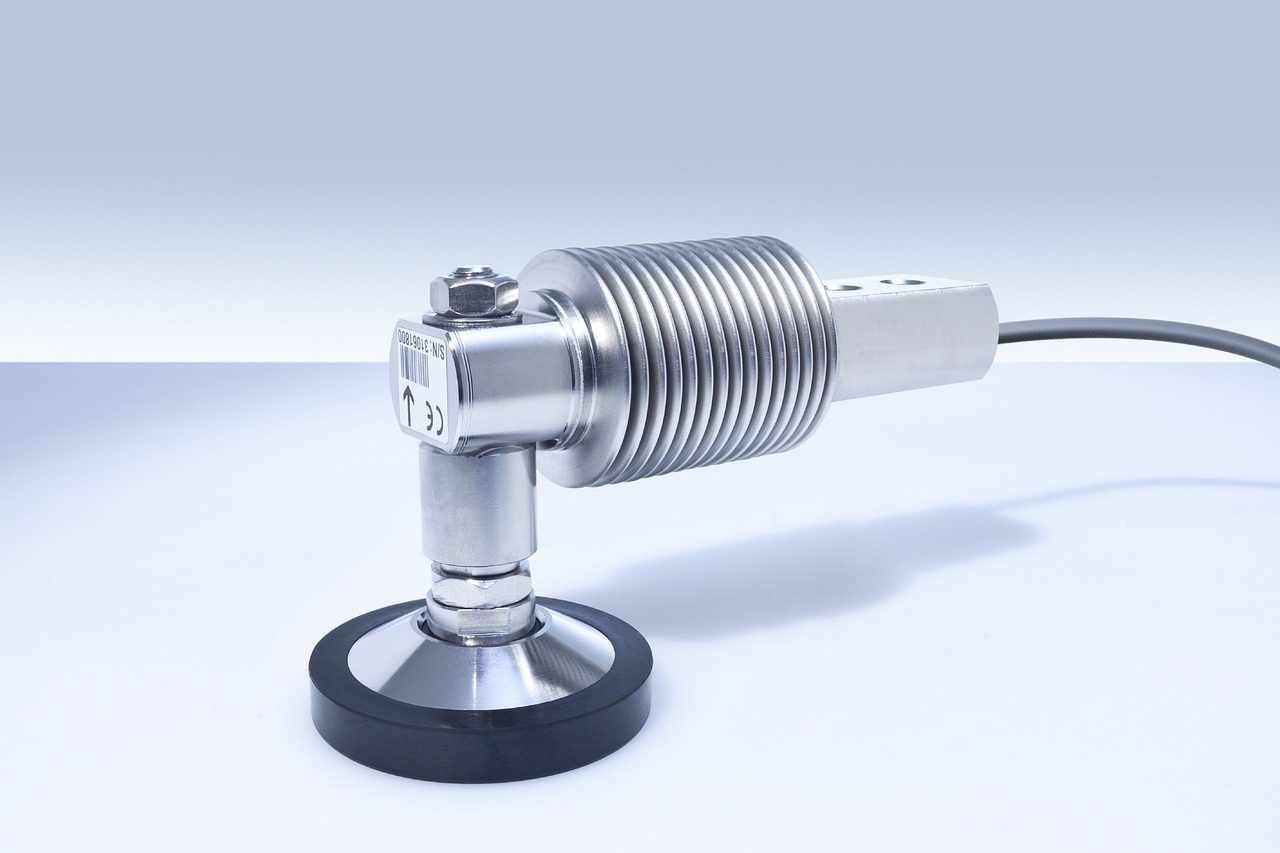Inductive proximity sensors are commonly employed across sectors due, to their capability of identifying the presence or absence of an item without contact. They rely on fields to spot objects and are frequently utilized in industrial automation, robotics and manufacturing activities. This piece aims to delve into the concepts of proximity sensors and their practical uses.
What is an Inductive Proximity Sensor?
An inductive proximity sensor is a tool that can sense the presence of metal objects without touching them. It comprises three parts; an oscillator, a coil and a detection circuit. When a metal object comes into contact, with the sensors field it triggers eddy currents within the object leading to a modification, in the sensors output.
Working Principle
The working principle, behind an inductive proximity sensor relies on induction. The sensor creates a field of frequency encompassing its coil often referred to as the sensing field. When a metal object enters this field it disrupts the field lines subsequently impacting the sensors output.
The effective range of detection for an inductive proximity sensor is determined by the dimensions of its coil and the frequency of the field it emits. In general a larger coil and a higher frequency result, in a detection range. Nevertheless the actual sensing capabilities can vary depending on the sensor model and its intended use.
Oscillator and Coil
The oscillator plays a role, in a proximity sensor by producing a high frequency alternating current (AC) that passes through the coil. Usually the coil is wrapped around a core to boost its field. When combined the oscillator and the coil form the sensors field.
The frequency of the output signal from the oscillator is meticulously chosen to enhance the sensors efficiency typically ranging from a kilohertz to tens of kilohertz. This specific frequency selection is influenced by factors, like the applications needs the coils size and the material of the target object.
Detection Circuit
The detection circuit is, in charge of interpreting the variations in the sensors readings due to the existence of a metal object. It translates these variations into a signal, like voltage or current that can be analyzed further by a control unit or used to activate devices.
Usually the detection circuit includes a comparator that sets a threshold and a transistor switch. The comparator checks if the sensors signal goes beyond a threshold level. When this happens the transistor switch turns on signaling that there is indeed a metal object present.
Sensing Modes
Inductive proximity sensors can operate in different sensing modes, depending on the specific application requirements. The most common sensing modes include:
1. NO (Normally Open)
When the sensor is set to its Normally Open mode it stays open when there is no metal object, in sight. Once a metal object comes into the sensors range it switches to a state showing that the object is there.
2. NC (Normally Closed)
In the normally closed mode, the sensor is, in its state it doesn’t detect any metallic object. However once a metallic object enters its sensing range the sensor switches to a state to show that an object is present.
3. PNP (Positive-Negative-Positive)
When operating in PNP mode the sensor shows an output when it doesn’t detect any metal object. If a metal object enters the sensors detection area the output changes to a state to signal that an object is present.
4. NPN (Negative-Positive-Negative)
In NPN mode the sensor shows a status when it doesn’t detect any metal object. Once a metallic item enters the detection area the sensor changes to a state showing that an object is present.
Applications
Inductive proximity sensors find applications in various industries due to their reliable and non-contact nature. Some common applications include:
1. Object Detection and Positioning
Inductive proximity sensors play a role, in automation and manufacturing by detecting objects and ensuring smooth operations on production lines conveyor belts and assembly lines.
2. Machine Safety
Safety is a priority, in settings with the use of inductive proximity sensors to identify the presence of people or objects in dangerous zones. These sensors activate safety features, like emergency stops and alert signals to avoid mishaps and uphold the well-being of workers.
3. Robotics
Inductive proximity sensors are essential, in the field of robotics as they offer insights, into the whereabouts and actions of arms and end effectors. Their functionality allows for handling and maneuvering of objects leading to effective robotic tasks.
4. Material Handling
In the field of logistics and warehouse management inductive proximity sensors play a role, in material handling tasks. These sensors are utilized to identify the presence of packages, pallets or containers facilitating automated processes such, as sorting, stacking and loading.
Conclusion
Inductive proximity sensors play a role, in today’s industrial automation and manufacturing sectors. They provide detection of objects without physical contact making them versatile, for various uses. By grasping how inductive proximity sensors operate and where they can be applied industries can boost their productivity, efficiency and safety measures.

